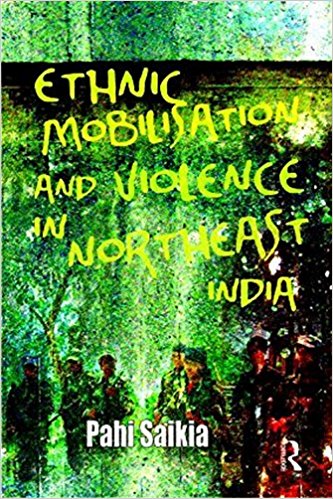The dominant scholarship on India’s North East is focused on the study of militancy and violence in the region. The concern of scholars, by and large, has been to understand and explain the conditions, circumstances and background driving the agendas of local identity movements, their grievances leading to radicalization in the public sphere, and the politics of militancy and their outcomes (Baruah 2005; Misra 2000; Hazarika 1994; Nag 1990). Pahi Saikia’s book, Ethnic Mobilisation and Violence in Northeast India is located within this established genre of North East India study. The primary focus of the book is three tribal ethnic movements: the Bodo, Dimasa and Mising, and the strategies adopted by each of these groups to highlight their demands for recognition of their ethnicity and rights. In particular, the author is interested in the strategies and methods of violence as well as nonviolence adopted by the three groups and their outcome. Central in this exploration are a few questions: What are the tribal ethnic groups contesting about? What are their strategies for achieving their demands? Why are some groups susceptible to adopting violent means and others are not?
July 2012, volume 36, No 7

